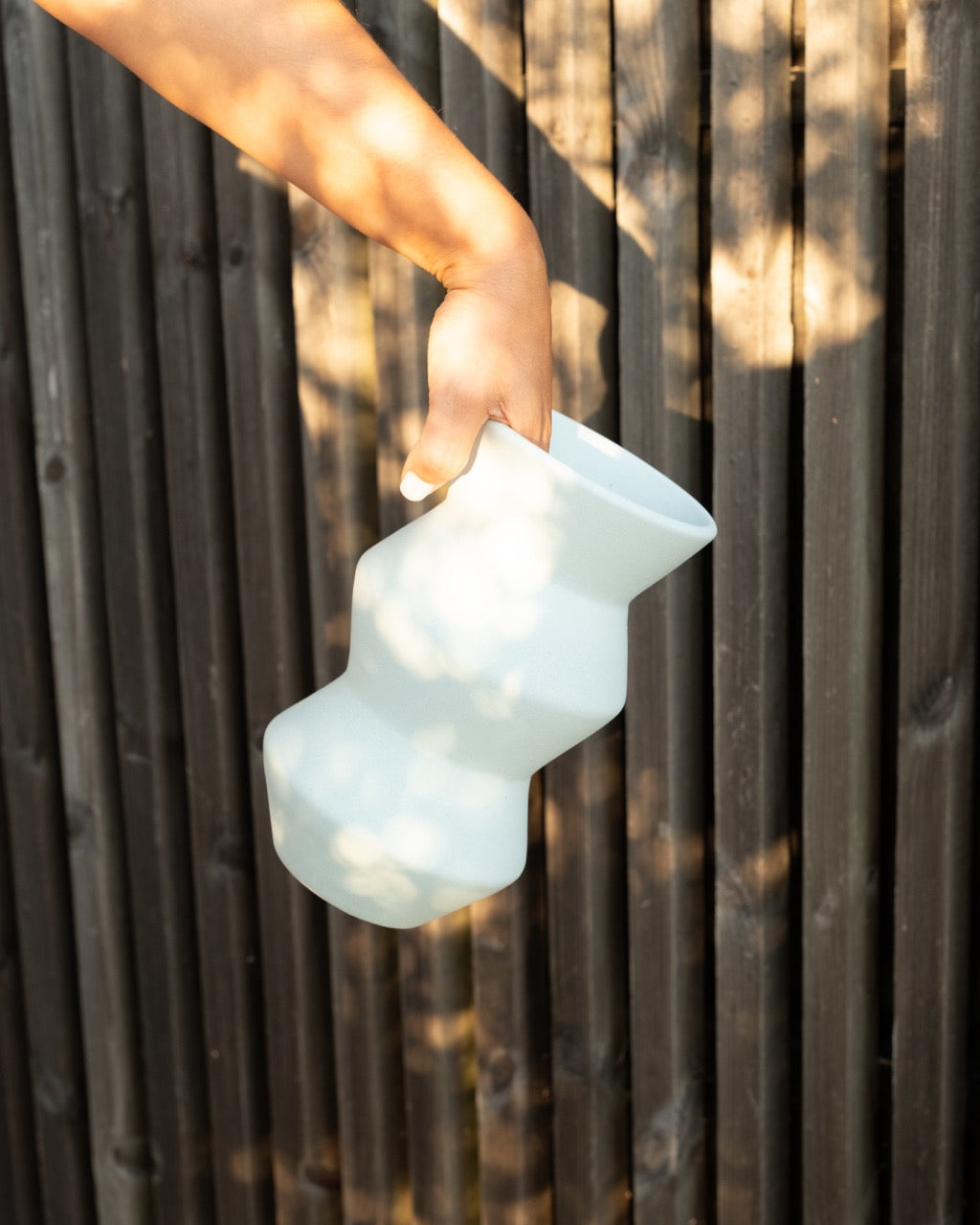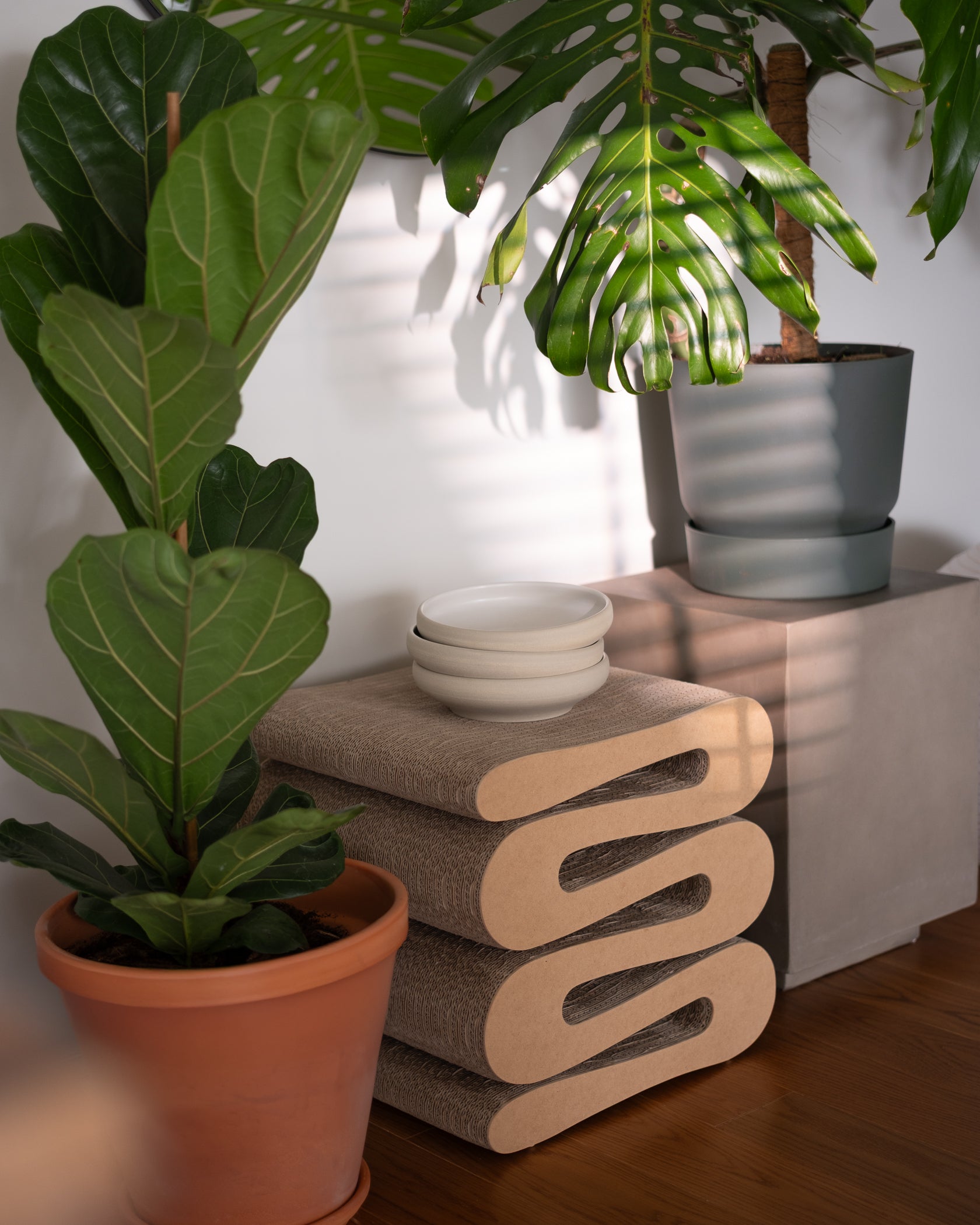Tableware
The process of making ceramic tableware begins with the selection of high quality clay, including locally quarried clay. This clay is then shaped by hand or using moulds into the desired form. Craftsmen use traditional techniques such as surface treatment with a sponge and water to ensure that each shape is made to exact specifications.
Once the ceramics have been formed, they need to be carefully dried before they can be fired. This drying process can take several days and requires a controlled environment to avoid cracking. The dried blanks are then fired in a kiln at extremely high temperatures to harden them and ensure their final strength.











